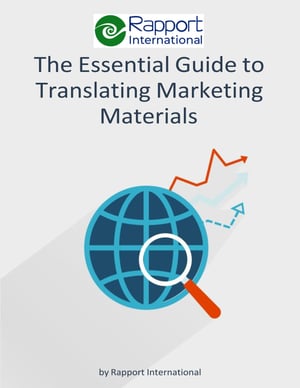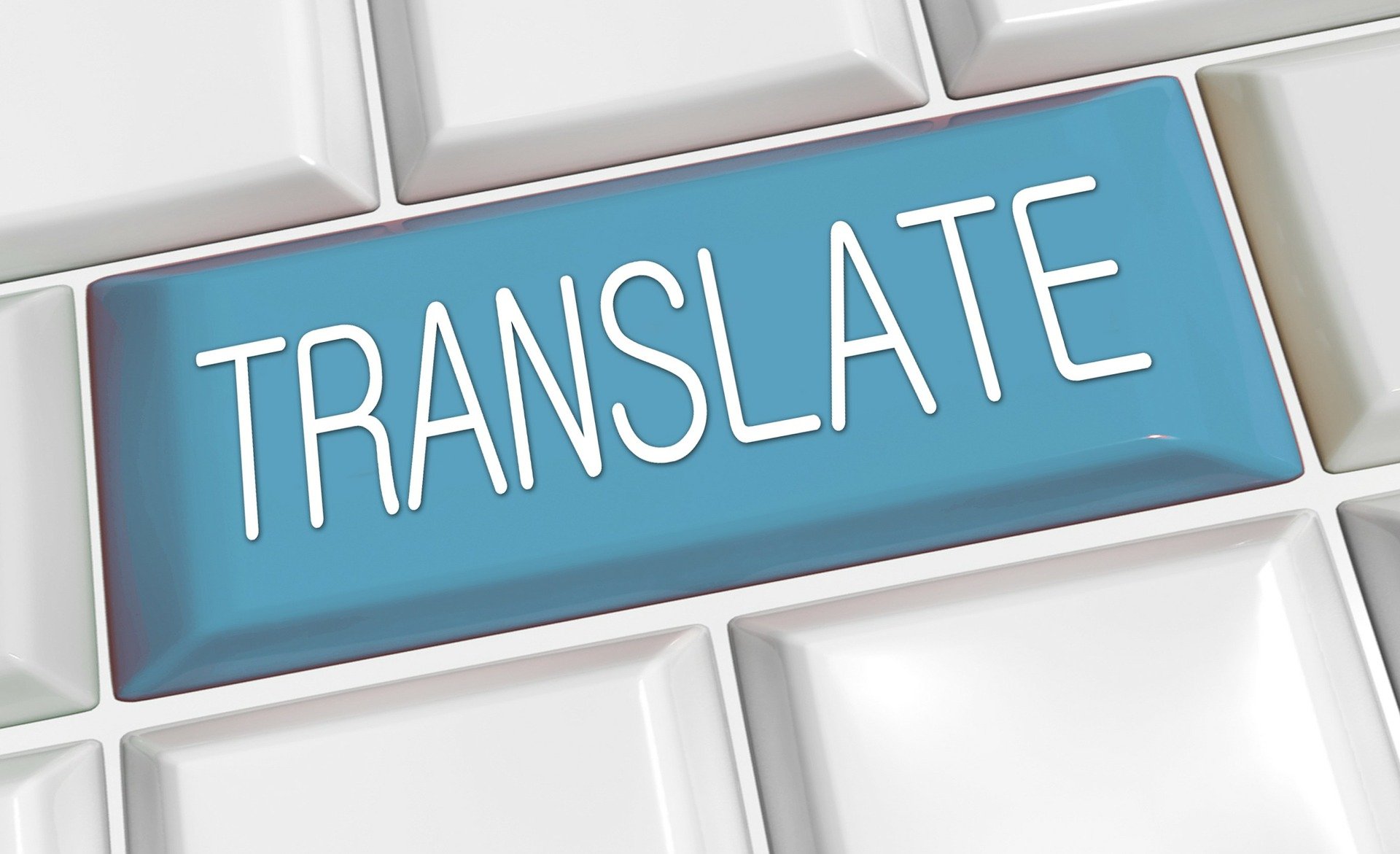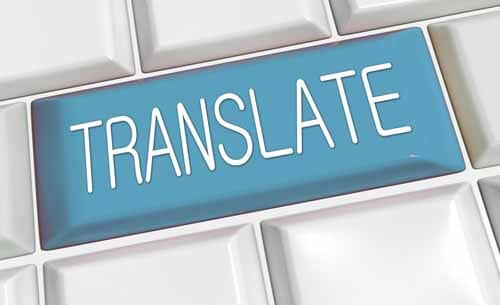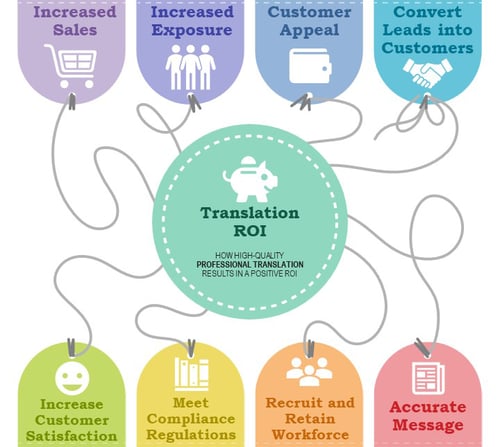Listen to Audio Version:
Non-English and limited-English speakers comprise one of the fastest growing segments of US consumers: the multicultural consumer. The U.S. Census reports that an estimated 120 million Americans identify as multicultural; just over 62 million people within that group identify as Hispanic or Latino. In fact, the population of Spanish speakers in the US is among the five largest in the world. And according to a recent Nielsen study, the group’s lower median age means at least 20 more years of effective buying power, compared with their non-Hispanic white counterparts.
So why is Spanish language marketing still so relatively limited in the US? Perhaps it’s the perception that everyone is bilingual, with over 12 million Spanish speakers identifying as such. Maybe companies are experimenting with Google Translate, but not seeing any identifiable increase in website traffic so abandoning the effort. Or does it just seem insurmountable, possible only for the big guys like McDonald’s and Toyota?
In truth, appealing to this sizeable and influential consumer group can start off quite simply, and a small, targeted investment can generate a meaningful return. The think global, act locally adage works here: imagine reaching out to the world, starting with Spanish speakers here at home.
Read more in our blog Fuel Company Growth with Translation – Measuring ROI.
The Research Speaks Loudly – Translation Increases Sales and Loyalty
Even while our Hispanic and Latino populations become increasingly proficient in English, Pew Research reports an increase in the total number of at-home Spanish speakers, from 24.6 million in 2000 to 39.1 million in 2019. A 2016 “Facebook IQ” study conducted by Latinum Network went further, examining the propensities of 500 Hispanic people from different language usage backgrounds (English-dominant, bilingual, and Spanish-dominant).
The study found that:
- 80% of U.S. Hispanics don’t feel they need to stop speaking Spanish to be part of the American culture.
- 86% of respondents believe the Spanish language helps them remain connected to their culture.
- Ads targeting Hispanics in Spanish significantly increase their interest in purchasing products.
- When online, more than 80% of Spanish-dominant Hispanics use Spanish at least half the time when they read, write, or watch videos.
- 79% of Spanish-dominant, 82% of bilingual, and 60% of English-dominant Hispanics surveyed think brands should reach out to consumers in both English and Spanish.
- 58% of Spanish-dominant Hispanics and 48% of bilingual Hispanics think that brands that reach out to the segment in Spanish demonstrate they value the Hispanic community.
The figure varies depending on the survey, but all agree that anywhere from 75% to 90% of consumers prefer to view websites and product packaging/information in their native language, and buy from companies that speak their native language, regardless of pricing. And while the Latinum group is somewhat limited in size, its participants delivered the clear, unified message that one’s culture and language is inextricably linked to consumer preferences and loyalties.
The Transcreation Generation
AT&T describes this constant negotiation of cultures perfectly in its “Between Two Worlds” commercial. “I think my brain works in both languages. But, when I speak Spanish I feel 100% myself,” says one of the real-life customer-actors. Television stations geared toward Hispanic audiences, like Univision or Telemundo, know the value of providing programming and advertising to their audience in Spanish. Companies who advertise on these channels see the direct link between Spanish language advertisements and sales in that market.
Many of these advertisers are large companies with corporate-sized budgets. By way of these multimillion dollar campaigns, these big American corporations strive to make customers “fall in love” with them within a crowded, well-known space. At its core it’s a competition, so a bit dramatic – a group hug! – but in essence, it’s all about winning over one’s trust, one’s loyalty.
These same large TV networks are also recognizing the impact of small- and medium-sized enterprises (SMEs) on our financial and cultural economies. In early 2020, NBCUniversal Telemundo Enterprises launched Nuestros Negocios (Our Businesses) as part of its social responsibility campaign El Poder en Ti (The Power in You). The initiative was created to uplift and empower Hispanic-owned small businesses navigating the pandemic shutdown, but is designed to support any SME with a Spanish language initiative.
With these nationwide campaigns as a guide, SMEs can elicit the same effect but with a minimum of fanfare. These simple, practical steps are designed to engage with and earn the trust of Spanish-speaking audiences:

Know Your Audience
Ask yourself: Where do my Spanish-speaking customers live, work, play? What other products or services are popular among these buyers? Are any of my competitors successfully doing business within this channel and if so, how and why?
Exporting outside of the US requires in-depth research of targeted countries; a domestic multilingual strategy requires equal effort. Talk to current customers. Talk to other business owners active within your targeted demographic to find out what did or did not work at the outset. Partner with other SMEs to broaden your reach.
In addition, analyze website traffic to determine sales trends. Every buyer has a journey, from need to sales close. If, for example, the majority of your customers buy after substantial exploration of the website, replicate the most popular and meaningful content in Spanish. If customers are instead coming directly from a search engine to a sales transaction page, a translated landing page – a standalone page with a specific call to action – would likely prove equally effective, with a smaller investment.
Knowing your audience suddenly makes clear exactly which products and related marketing tools will drive initial sales. Translating an entire website, and keeping it current, is expensive. Try smaller projects instead:
A subdomain is a language-specific addition to your current domain. Interestingly, subdomains have been shown to instill trust in the customer simply because it shows effort on the company’s part, but in addition, the information presented here can be concentrated and focused on a specific customer’s experience.
Choose high-interest collateral, whether printed or online; for example, the most sought-after products, FAQs, or a particular service of interest to the community. Have the product/service information professionally translated and localized, and be sure to follow through by translating customer service content to show commitment.
Experiment with sales campaigns. Try a professionally translated email campaign targeting a particular segment – Spanish-speaking millennials, for example – to discover specific buying patterns. Ask for feedback and evolve based on that feedback.
Localization Makes Connections
Adapting marketing materials to appeal to a specific population or region is called localization. Localization helps your business connect with the audience by using language, customs, visuals, and other cultural attributes that resonate with them. (Learn more about culturally appropriate localization in our blog.)
Notice that language – and, by association, translation – is only a single part of localization? Relying solely on Google Translate, or on a literal translation of a company brochure or mass email that works in English, for example, ignores all the finesse and meaning that went into the original message; it’s a pat on the head instead of a group hug! So while it’s relatively easy to find a company to translate a company brochure or mass email word-for word, the message could literally be lost in translation depending on translation methods and quality.
Consider the simplest of phrases, “no problem!” The Spanish translation would be “no problemo,” correct? In fact, the proper translation – in response to a request for help or after bumping into someone – is “no hay problema.” Other possible options:
“No hay de qué”: “No worries” or “Don’t mention it.”
“De nada”: Literally, “it’s nothing,” but used to mean “you’re welcome.”
“Ningún problema”: “There’s no problem” or “there isn’t any problem.”
A trusted multilingual marketing translation partner can easily point to the phrase that hits the right note, and can also navigate the ongoing process of incorporating significant cultural value into your existing messaging.
Follow-Through Builds Loyalty
A localized subdomain will almost certainly draw new visitors and result in new customers, all while making customers feel valued. In fact, customer conversion rates can reach well over 10%, with a deliberate strategy and a little luck. But the customer experience doesn’t end there. Solid customer service builds loyalty, and repeat customers often spend more on subsequent purchases.
Here, a trusted language service provider who specializes in multilingual marketing can outline a localized customer service experience designed specifically for customer retention and repeat business. The buyer’s journey illuminates how customers prefer to communicate, so again, build a plan that goes beyond simple translation, using:
- Online user manuals;
- FAQs;
- Training videos with subtitles;
- Conversational marketing, e.g. website chat sessions with on-demand interpreters;
- Email translation; and,
- On-demand phone interpreters.
 Download The Essential Guide to Translating Marketing Material
Download The Essential Guide to Translating Marketing Material
Language Services are an Investment
Ultimately, customers are becoming harder and more expensive to acquire so dependable, repeat business is a must in order to recoup customer acquisition costs. Similarly, language services should not be viewed as a budgetary expense. Instead, they should be seen as an investment that fuels sales growth. Using language services to reach the almost 40 million American consumers who speak Spanish can increase your customer base and result in higher revenues, right here at home.
Once you see the results of your localized marketing and realize that language services can help your company grow, the next step is to look at global marketing opportunities. A multilingual marketing plan targeting specific countries or areas can get you on your way to reaching some of the 80% of non-English speakers in the world, one step at a time.
Rapport International specializes in multilingual communications, providing language translation and interpretation services that are accurate and culturally appropriate. We use the right voice and the correct terminology to avoid liability, customize services to your needs, and deliver on time and within your budget. With our 100% satisfaction guarantee, you can trust that it’s done right. Contact us today if you would like more information or to get a free quote.
Rapport International specializes in multilingual communications, providing language translation and interpretation services that are accurate and culturally appropriate. We use the right voice and the correct terminology to avoid liability, customize services to your needs, and deliver on time and within your budget. With our 100% satisfaction guarantee, you can trust that it’s done right. Contact us today if you would like more information or to get a free quote.
Popular Posts
Popular industry news, interviews, technologies, and resources.


















